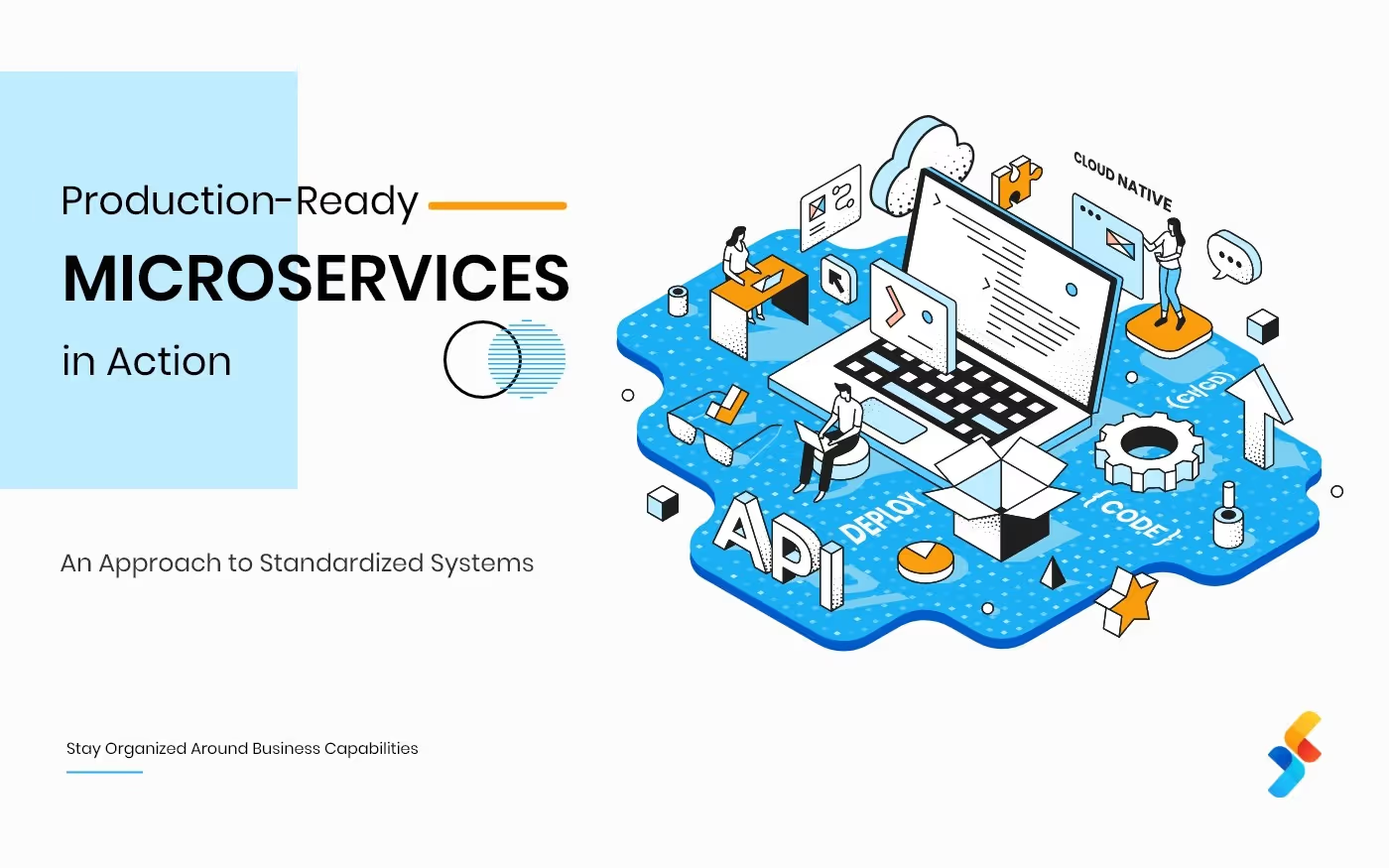Nowadays, containers are highly utilized as a deployment vehicle for applications. According to experts, the expedition of legacy app modernization and net-new development will lead to 45% of production applications being cloud-native using containers, microservices, and dynamic orchestration, by 2022. As a result, containers will still house the monolithic apps which are directly packed in containers or refactored in the microservices. However, the maintenance, operations, and management of such applications won’t require any certain changes in the business IT operations.
The cloud-native apps by their nature are microservices-based applications and they are constituted of “set of microservices” which is owned by one or mixed company lines and consolidated from various resources. A cloud-native app can easily contain 35+ microservices. Usually in an organization, there are about 150+ business applications, and recreating them as cloud-native apps can lead to 3500+ microservices, all deployed on a single container platform at once. As a result, there will a consistent change in your production environment.
The cloud-native applications on a container platform need an absolute redesigning of the entire IT operations and management. These changes are driven by:
- Integrating constant deployment of cloud-native applications
- Reconstructing the relationship and cooperation model with the organization
- Tooling for microservices monitoring, management, and logging
How to deal with the cloud-native apps in production?
To seamlessly integrate the continuous deployment of the cloud-native apps, you need to re-evaluate the management of your testing, staging, and production conditions along with an integrated toolchain. You also need to observe the flow control through all the various stages. The development phase must mirror the production stage so that the business lines can effectively test the microservices under the close-to-production provisions and operations. Likewise, businesses can verify the development progress and classify the possible issues before moving towards the production stage by performing intense monitoring and logging.
Moreover, businesses should support rollback if the new microservices creates an error in the production environment. Secondly, the container platforms must maintain the Continuous Integration/ Continuous Delivery (CI/CD) process and implement constant monitoring, resourcing, and tooling access over the testing, staging, and production phase.
Synchronizing with the Business
Enterprises are more focused on re-creating their relationship and interactive model with the businesses. IT leaders are now jointly operating with the developers and LOB users to create an effective microservices architecture and process model across the business.
Benefits of having a Microservice-Based Solution
Easy to Manage and Evolve Especially:
- Developers find it quite easy to learn and get started instantly with excellent productivity. For instance, containers start quickly making it more productive for developers.
- An IDE like Visual Studio can load tinier projects quickly.
- Each microservice can be created, developed, and deployed individually of other microservices providing agility since it is easy to deploy new versions of microservices often.
Effective Work Division Every service can be controlled by a single development team and each team can control, develop, deploy, and estimate their service independently.
Isolated Issues Error in a single service does not hinder the entire structure, only the particular service is impacted. Besides, when a problem in a microservice is resolved, you can easily deploy just the affected microservice without influencing the rest of the application.
.avif)










.jpg)









